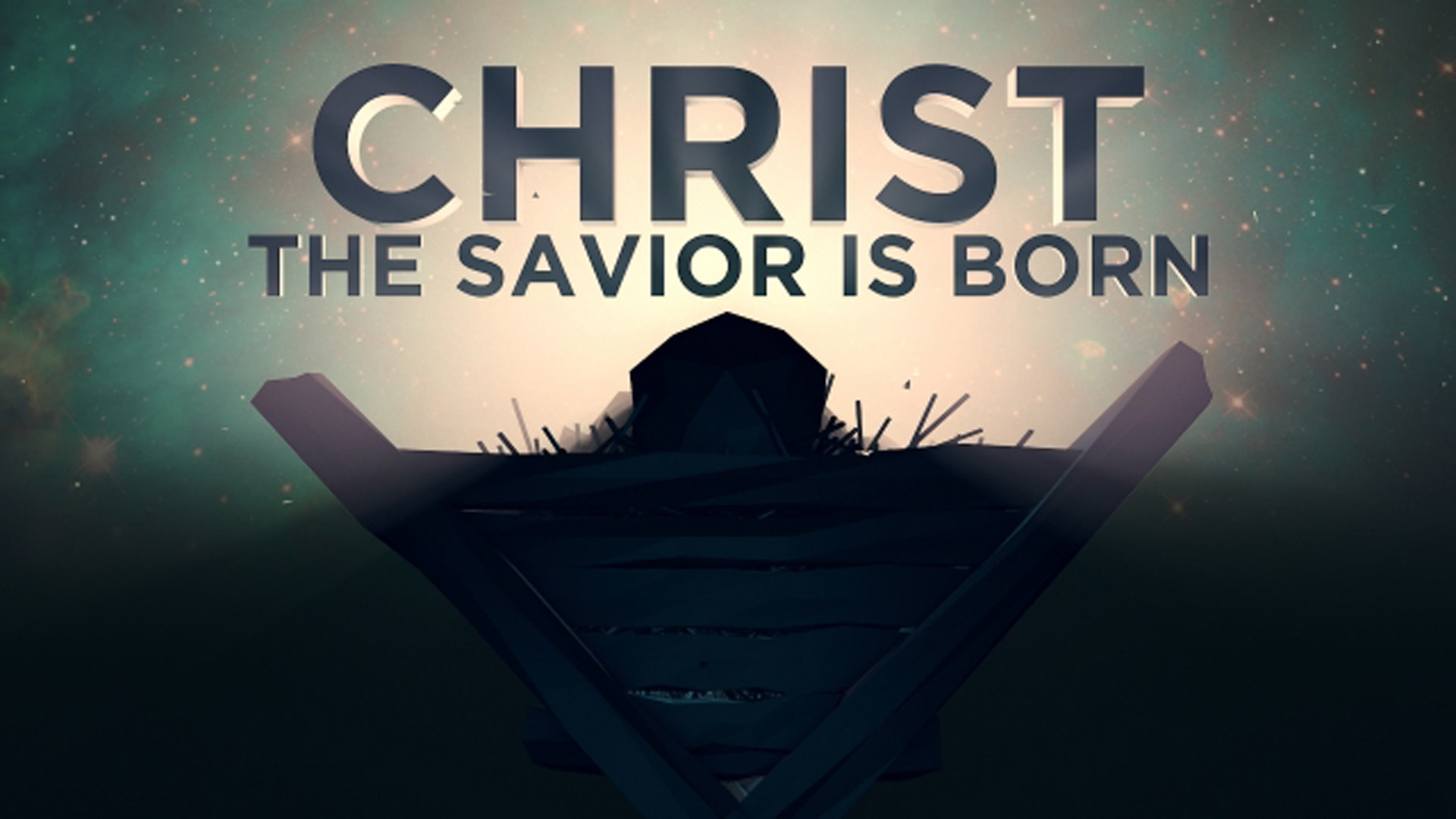
Matthew and Luke are the only two Gospel writers who include an infancy narrative in their biographies of Jesus. According to the most widely accepted theory about how the Gospels were composed, Matthew and Luke wrote independently of one another. That is, Matthew did not have a copy of Luke’s Gospel on his desk when writing his Gospel, as it were, and vice versa.
Having said that, it is amazing that these two birth narratives almost never cover the same events! But in the few instances that they do, they are in agreement. The famous biblical scholar Father Raymond Brown pointed out eleven points (reproduced in Monette, The Wrong Jesus, pp. 108-109) at which Matthew and Luke’s accounts are in accord with one another:
1. Mary and Joseph are legally engaged but haven’t lived together (see Matthew 1:18; Luke 1:27,34).
2. Joseph is from King David’s lineage (see Matthew 1:16,20; Luke 1:27,32; 2:4).
3. Angels announce the forthcoming birth of the baby (see Matthew 1:20-23; Luke 1:30-35).
4. Mary becomes pregnant as a virgin (see Matthew 1:20,23,25; Luke 1:34).
5. The child is conceived through the work of the Holy Spirit (see Matthew 1:18,20; Luke 1:35).
6. An angel proclaims that the child’s name will be Jesus (see Matthew 1:21; Luke 1:31).
7. An angel states that Jesus is to be the Saviour (see Matthew 1:21; Luke 2:11).
8. The birth of Jesus happens after Mary and Joseph began living together as spouses (see Matthew 1:24-25; Luke 2:5-6).
9. Jesus is born in Bethlehem (see Matthew 2:1; Luke 2:4-6).
10. Herod the Great is in power during the time of the birth of Jesus (see Matthew 2:1; Luke 1:5).
11. Jesus is raised in Nazareth (see Matthew 2:23; Luke 2:39).
The fact that these two independent sources on Jesus’ infancy are in agreement on all these major details gives us greater confidence that we can trust these accounts.


 Can you elaborate on the parable of the talents from this Sunday’s Gospel (Matt 25:14-30)?
Can you elaborate on the parable of the talents from this Sunday’s Gospel (Matt 25:14-30)?
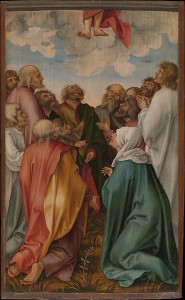 Q. What are some things we can learn from this Sunday’s Feast of the Ascension of the Lord?
Q. What are some things we can learn from this Sunday’s Feast of the Ascension of the Lord? Q. In this Sunday’s Gospel, we have the most important section of the Sermon on the Mount in the Gospel of Matthew. Why is this material so crucial?
Q. In this Sunday’s Gospel, we have the most important section of the Sermon on the Mount in the Gospel of Matthew. Why is this material so crucial?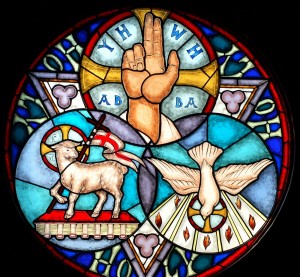 Q. This Sunday is the Solemnity of the Most Holy Trinity, and we Catholics are used to hearing about God the Father, God the Son, and God the Holy Spirit. But some Australian priests got a bit “creative” with the liturgy a few years ago, and began opening the Mass in a different way. Instead of saying, “In the name of the Father, and of the Son, and of the Holy Spirit”, they said this: “In the name of the Creator, the Redeemer, and the Sanctifier”. They were severely reprimanded by their bishop. Why was this such a big deal to the Church?
Q. This Sunday is the Solemnity of the Most Holy Trinity, and we Catholics are used to hearing about God the Father, God the Son, and God the Holy Spirit. But some Australian priests got a bit “creative” with the liturgy a few years ago, and began opening the Mass in a different way. Instead of saying, “In the name of the Father, and of the Son, and of the Holy Spirit”, they said this: “In the name of the Creator, the Redeemer, and the Sanctifier”. They were severely reprimanded by their bishop. Why was this such a big deal to the Church?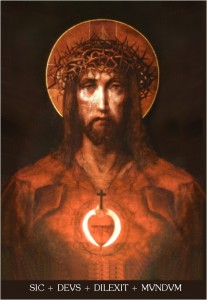
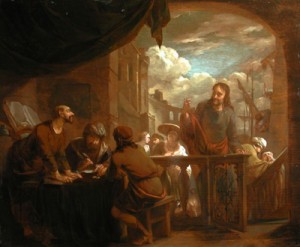 The
The